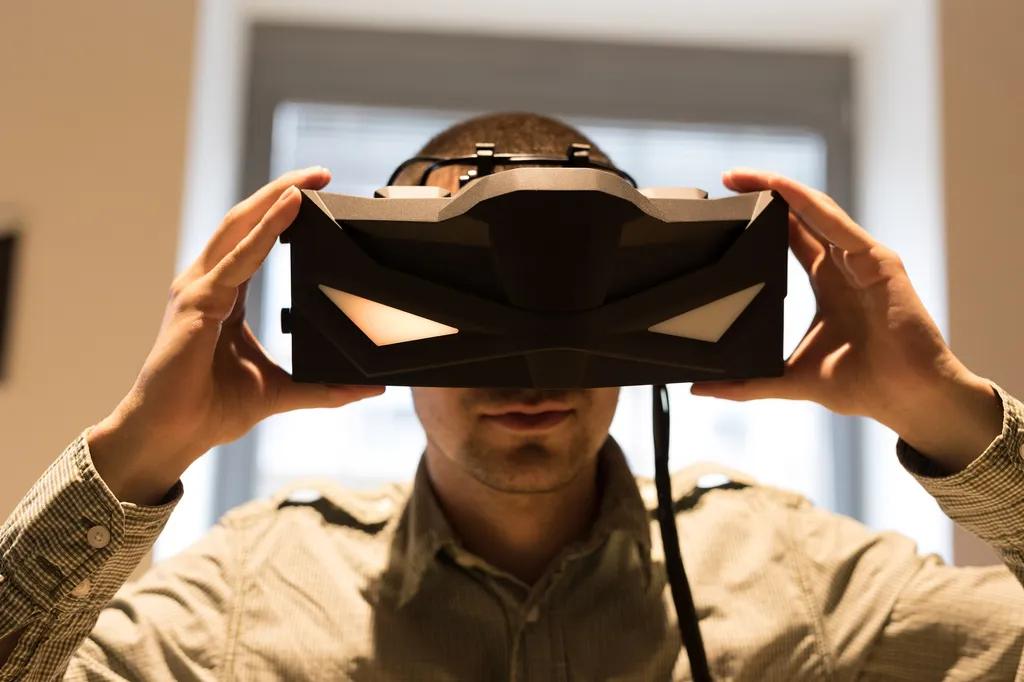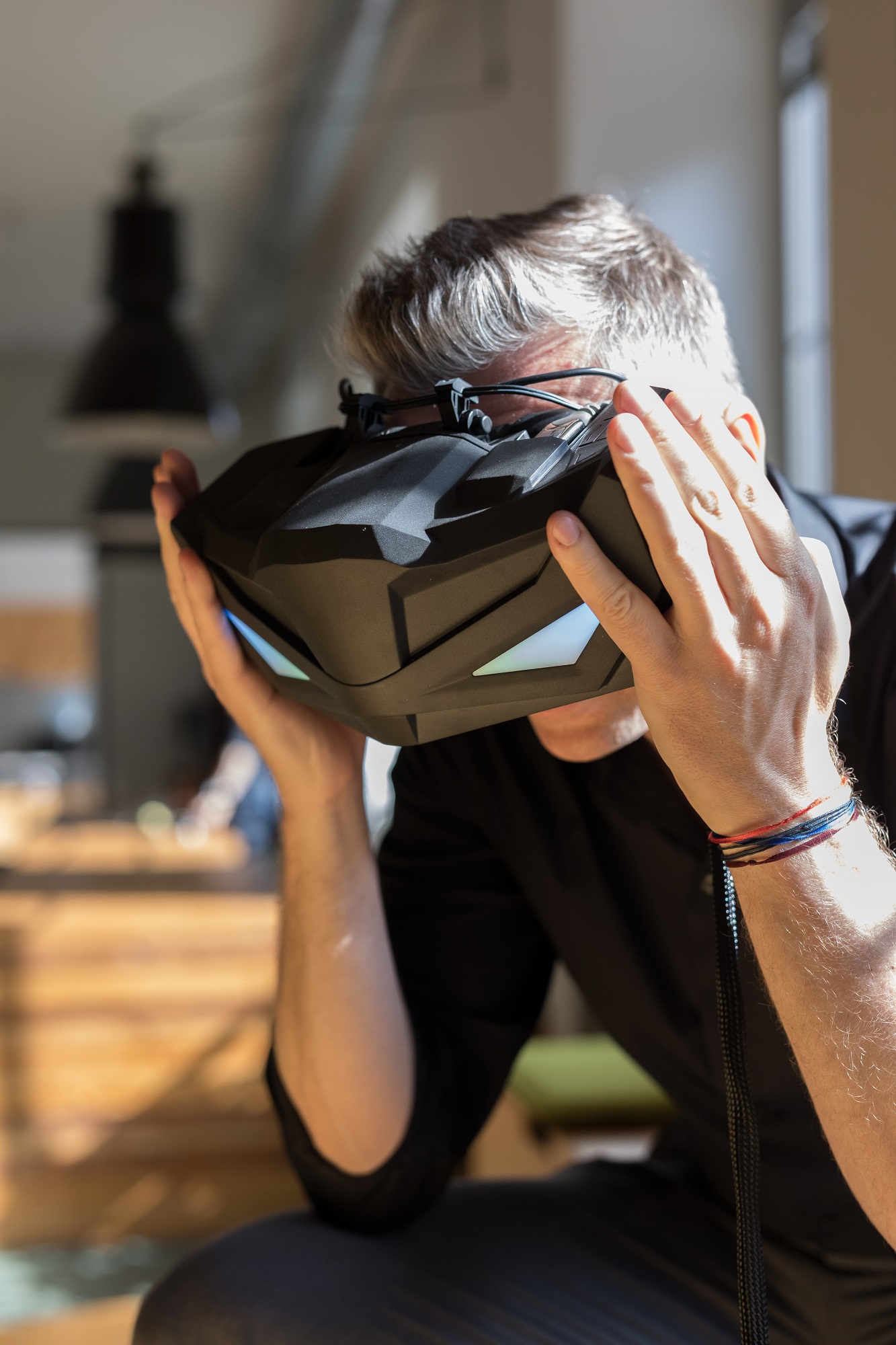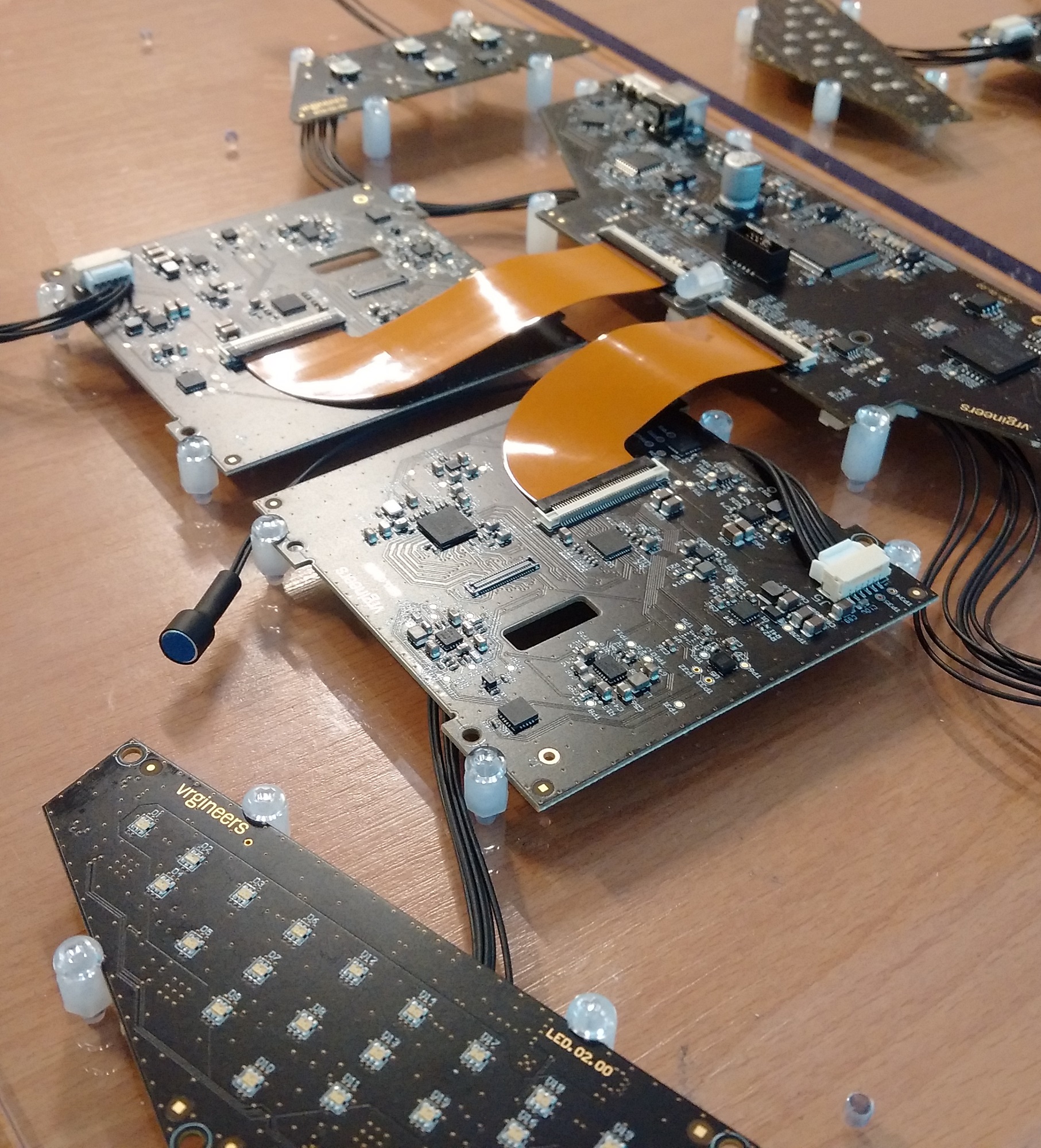VR currently does a lot of different things well across a variety of devices. The Gear VR is a great mobile headset but it’s underpowered and lacks positional tracking. The HTC Vive and Oculus Rift have good content and roomscale capabilities, but they’re tethered and the resolution isn’t great. PSVR is affordable given its relative quality but it still has bad screen door and lackluster motion controllers. The newly announced VRHero hesdset from VRgineers picks a different thing to be good at: it features a crystal clear 5k resolution display. However, we still don’t have a capable VR device that can do it all.
I got the chance to go hands-on with the device last week and I came away with mostly positive impressions. I was shown a handful of demos that showcase its features and can definitely see the potential for a dedicated high-resolution device like this.
Unfortunately the biggest issue is the low framerate. The target market happens to be industrial and enterprise clients (such as major car brands like BMW, which already is a paying customer) rather than gamers and everyday consumers.
Despite the low framerate the 5k resolution was honestly jarring at first. I didn’t realize how accustomed I’d become to the frame door effect of lower resolution headsets until I tried the VRHero’s 5k display.
Currently it sports an LCD dual display but will have OLED later this year. The combined resolution is 5120×1440 with a 60-90 Hz refresh rate and 170 degree field of view.
The first demo I tried was a basic game-like demo powered by Unreal. I could move around with a gamepad and aim down the sights of a gun. The clarity was incredible, but as noted, the framerate was too low to make it playable in a real game setting.
The more impressive demos were the 360-videos and other 360 scenes. I stood stop a skyscraper in Dubai, for example, watching a too video unfold in gogeous detail. It wasn’t murky, or blurry, or hard to make out specifics like basically every other 360 video on the market.
And the other 360 scenes, such as the one that let me walk around and inspect an actual car, were fascinating. I sat in the driver seat and was able to clearly read the speedometer, radio dials, and even logos without having to squint or lean in closely. Clarity like that isn’t possible on current HMDs.
VRgineers is already manufacturing units of the VRHero targeting the aforementioned big-budget production, industrial, and enterprise-level companies. For more information, you can visit the official website.




























